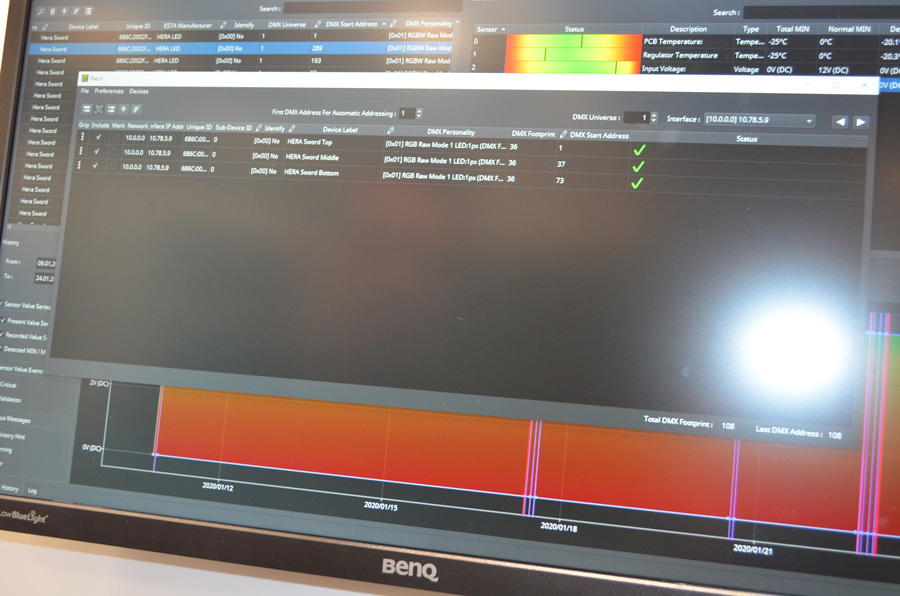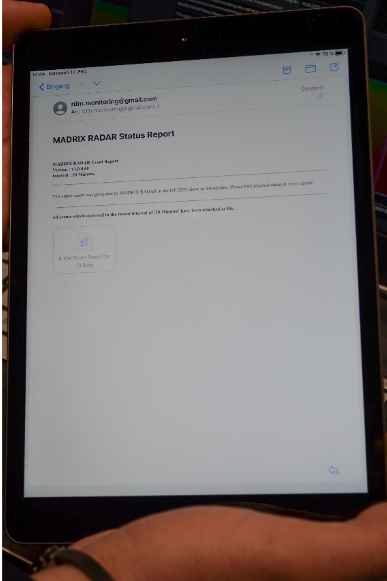You may have noticed, but the cityscape at night has started to morph into a more colorful, changing atmosphere, using dynamic lighting such as on media façade installation.
Obviously, the LED plays a major role here, as the small size of this source enables the installation of RGB lighting where it was purely impossible back in the days.
Inoage, a German based company in Dresden, knows this market perfectly, and built a name in the past years via their easy-to-use pixel mapping software, Madrix, used on large-scale installations around the world (architectural, events or club).

Generally controlled by DMX, all these LED fixtures must first be installed, then addressed and configured to control them, and finally monitored to guarantee the good health of the installation and its components. With this idea in mind, at ISE 2020 the Inoage company unveiled Madrix Radar, a software solution to cover all the above-mentioned steps.
The All-in-One tool
Madrix Radar software is available for computers running a 64-bit version of Windows 10 and will perfectly fit on any latest generation laptop. The software supports the RDM protocol via ArtNet and is therefore compliant with a large amount of equipment. The implementation of RDMNet, the new standard for RDM over IP, is not yet on the agenda.

When used with compliant equipment, or via Madrix Ethernet to DMX converters, the software will be able to discover a very large number of RDM fixtures on the network.
Once discovered, the software allows you to change the mode of the projectors, as well as their DMX addresses, in a simple way.
Once the equipment has been patched, the software will start monitoring the RDM fixtures and their sensors, on a regular basis.

And here comes the magic of Madrix Radar: the software will create a log of all information collected from the fixtures and their sensors. And all this information will be stored in a database (Big Data), with one goal in mind: prediction.
The concept is simple: if you can store a maximum of information about a type of fixture and its sensors, in the long term and based on this database, this information will enable the software to “predict” events, such as the replacement of a component: who has never dreamt about this!

The people in charge of a dynamic lighting installation can see the return on investment of such a solution:
no need to send a team on a regular basis for a system check, not only the software will allow to monitor the installation in real time, in addition to this, it will predict potential issues as well.
In the unlikely event of a fault on one or several fixtures, the user can receive notifications by email, or a daily report of the system health.
Madrix Radar is a logical step in the evolution and the growing needs of the team in charge of RDM-compliant LED installation.
We can “predict” the Inoage team will bring many new features to the software, and we can’t wait to see the Madrix Radar database to grow so that we can witness a real “prediction”!
More info on Madrix web site








